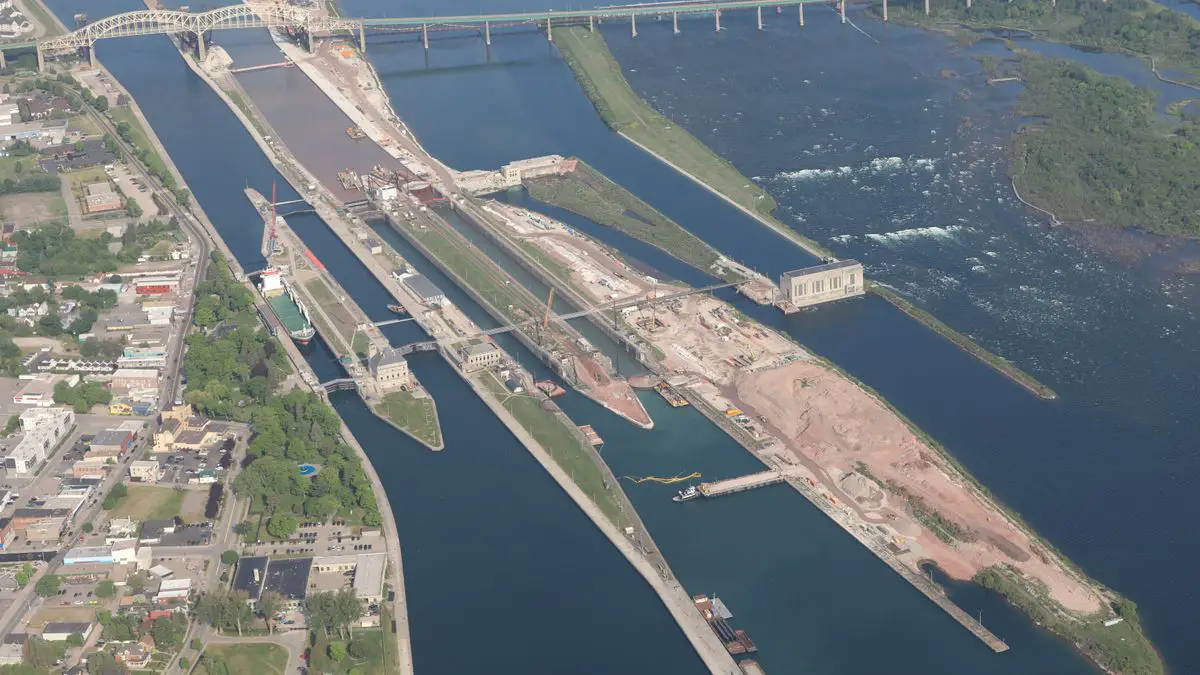Phases 2 and 3 of building on the new Soo Lock, which connects Lake Superior and Lake Huron on the St. Marys River in Michigan, are progressing, according to a press release from the U.S. Army Corps of Engineers Detroit District.
According to the government, the project’s current cost of $3.22 billion is more than three times its original estimate as a result of labour shortages, supply chain disruptions, and material price hikes during the previous four years. For both national security and American manufacturing, the Soo Locks are crucial.
Iron ore that can only pass through the Poe Lock since cargo vessels cannot fit through the other locks is used to make 88% of the domestically manufactured high-strength steel, which is utilized to make goods like automobiles and appliances.
Also Read: Plans Announced for US$ 50M Toyota Electric Vehicle Battery Lab in Michigan
Further, the project comprises constructing a second Poe-sized lock in the footprint of the defunct Sabin Lock. This enables vessels to pass over the St. Marys Falls Canal’s 21-foot elevation change and speed up shipping traffic.
More details on the Soo Lock project in Michigan
Rehabilitating the upstream approach walls is the second phase of the project, which will enable modern vessels to tie up and queue up to pass through the new lock. Kokosing-Alberici, a partnership between the construction companies in Overland, Missouri, and Fredericktown, Ohio, is the builder. On schedule to be finished by the summer of 2024, construction started in 2021.
According to USACE, Phase 3’s work is the most extensive and challenging. It entails tearing down the old Sabin Lock, excavating bedrock, building the new lock and fabricating and installing mitre gates. Additionally, restoring the downstream approach walls, install mechanical, electrical, and mooring systems, and constructing a new pump well.
The third phase is being built by a partnership between Kokosing Industrial, Alberici Constructors, and Evansville, Indiana-based Traylor Bros. The project’s start date was November 2022, and its completion date is 2030. The contractors have a full summer of construction ahead of them, according to the USACE announcement.

